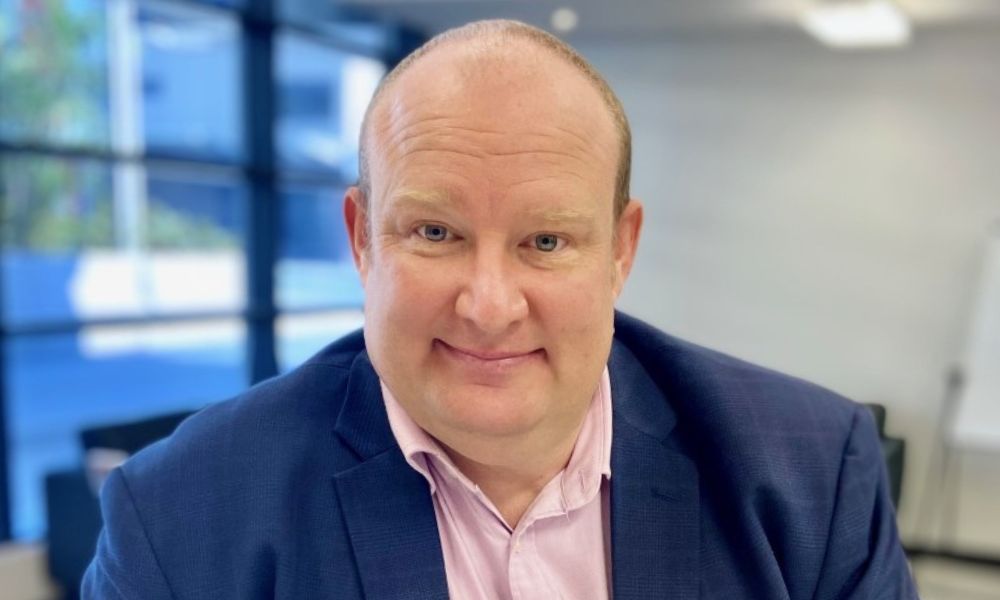

An insurance broker’s role combines risk advice with selling insurance. Depending on the broker and the business sector, the transactional or advisory part of the job takes greater emphasis. However, stakeholders agree that the risk advice component has become more important in recent years as risks have become more complex and customer demands have increased.
But how many brokers really understand what risk advice involves?
“The role of a broker is basically two things - and a lot of brokers don't really get what they should be doing, from my point of view,” said Alan Taylor (pictured above), director of Melbourne-headquartered, Taylored Insurance Solutions (TIS).
Taylor, an insurance veteran who runs his own firm and was formerly with Honan Insurance Group (now part of global broker Marsh) said a broker needs to take a close look at the risk, perform a risk assessment and then help with risk management advice.
“This comes down to basically saying, if you can improve the risk before you go and buy insurance, you should try and improve the risk,” he said.
Taylor said this important step – reducing the risk before buying cover – is often missed by many brokers.
“What they [brokers] tend to do is they just get people to fill out a form and then get a quote,” he said. “They don't walk the walk or talk the talk.”
Taylor said carrying out the broker role effectively starts by sitting down with the client and asking them intelligent questions. Those questions, he said, would find out exactly what the client does and how they do it. This conversation would also take the client through a compliance process to dig out any relevant industry regulations and wider context.
At that point, said Taylor, the broker’s experience would allow him or her to query how the client is doing things and suggest possible improvements based on best practice.
“If you do that, then you're doing the right thing by the client,” he said. “What you should be saying to the client is, my role as a broker is to make sure the risk is presented as well as it can, it’s not just a process.”
Taylor said improving the client’s risk and saving them money is the aim.
“A recent example was a client of mine who had a very small factory in Melbourne,” he said.
The factory was only 200 square metres in size, said Taylor, but located centrally and with an asbestos roof.
“Insurers would be worried that to pull it down, an asbestos roof when it's partially damaged, is going to cost 10 times the cost than if you just pull it down when it's all intact,” he said.
In fact, according to a builder’s estimate, if damaged by hailstones for example, the asbestos roof would cost about $200,000 to pull down and replace.
Taylor asked the client to get a quote to replace his asbestos roof. The quote was $25,000 and the builder went ahead and installed the new roof in less than a day.
“He [the client] asked what the insurance cost would be now?” said Taylor.
The broker was able to find coverage for $1,900 to cover this building worth $500,000.
“He [the client] goes, “that’s fantastic,” and I told him that's what risk management's all about,” said Taylor.
Insurance Business asked if it’s common for insurers to drastically drop a premium’s cost after that sort of risk management?
“Absolutely,” said Taylor. “It's all about what you tell the clients and what your knowledge is.”
This client conversation about risk management is also very important to Matthew Bates (pictured immediately below), managing director of Bell Partners Insurance. Bates has won numerous industry awards and is the National Insurance Brokers Association (NIBA) 2024 National Broker of the Year.

“It’s really important,” the Sydney-based broker said. “As part of the culture at our firm we have a number of different expressions that form our values as a brokerage.”
The expressions include, said Bates, “be curious,” and “be proactive not reactive.”
“The third is fostering an environment of not being afraid to ask questions of peers and teammates,” he said. “There's no such thing as a silly question.”
He said this is all about asking questions to find out what’s important to the client, their business and how they run it.
This understanding, Bates suggested, has to come before risk management advice.
“We ask a lot of open ended questions to try and encourage discussion points to understand the business,” he said.
The questions can be journalistic. He gave the example of asking a café or restaurant what their biggest current challenges are and what they foresee being challenging in 2025?
“By asking questions like that, we get a really good understanding of who the client is and what they want out of a broker relationship and what they want their policy to respond to,” said Bates.
He said he also fosters the firm’s internal culture to encourage a client relationship based on risk management rather than transacting.
He gave the hypothetical example of carefully redirecting a client towards a better risk management option when they ring up and want a quick insurance solution to an issue that could cause future problems.
“It’s about making sure we take the time with our clients to keep them very informed so they can make better decisions about their policy and risk transfer, as opposed to just solving a transactional, immediate need,” said Bates.
How you see the insurance broker’s role? Please tell us below.
